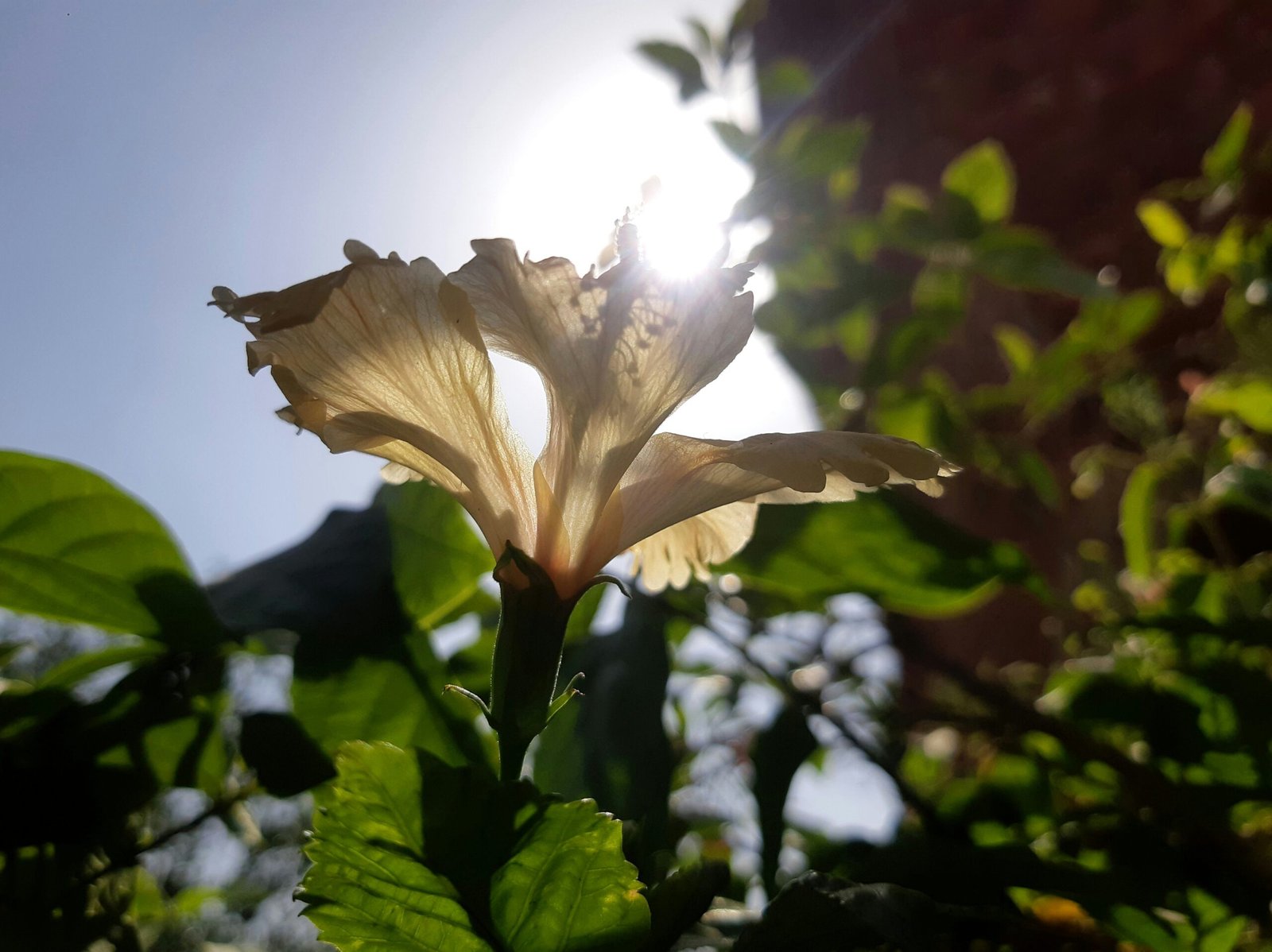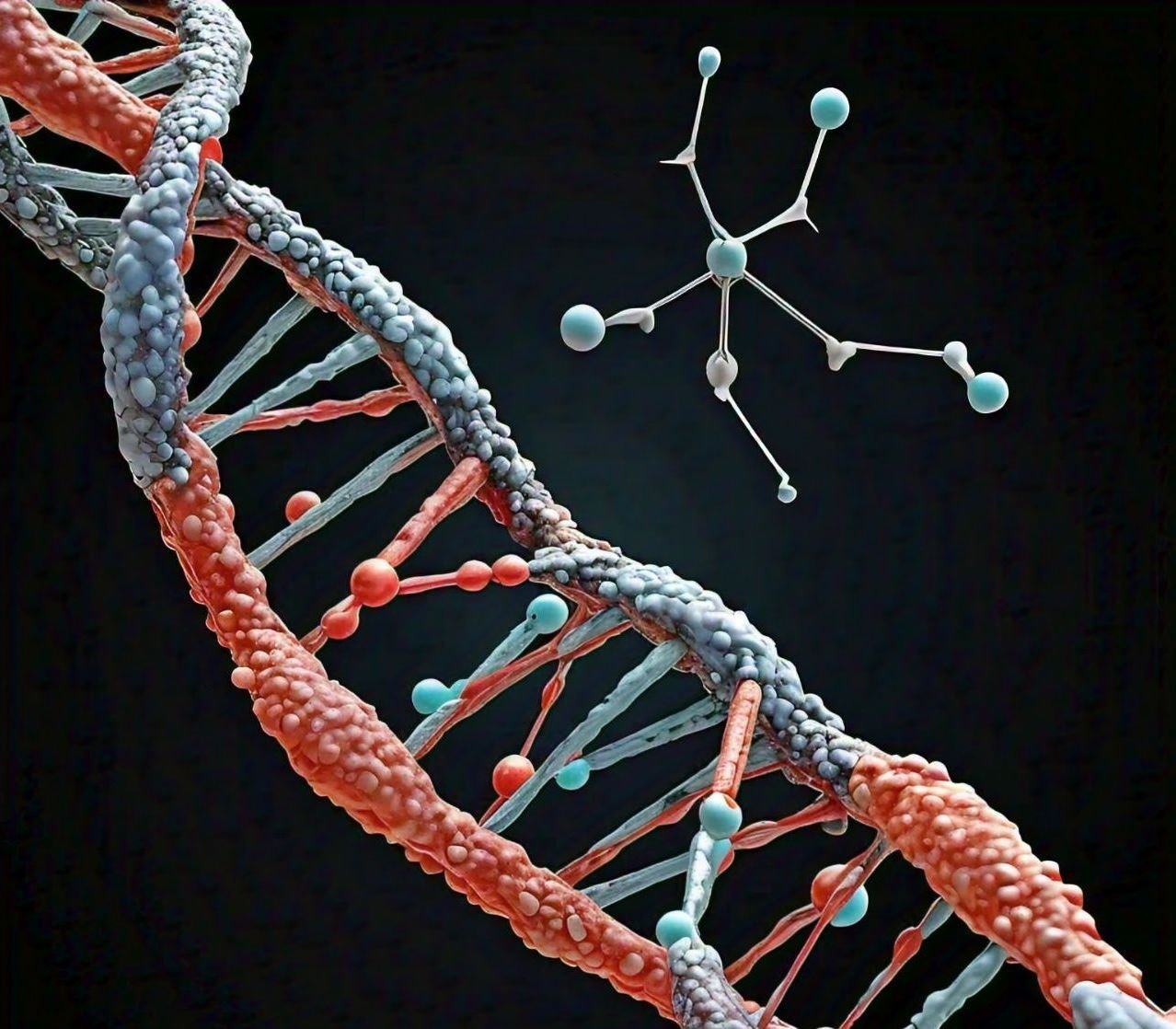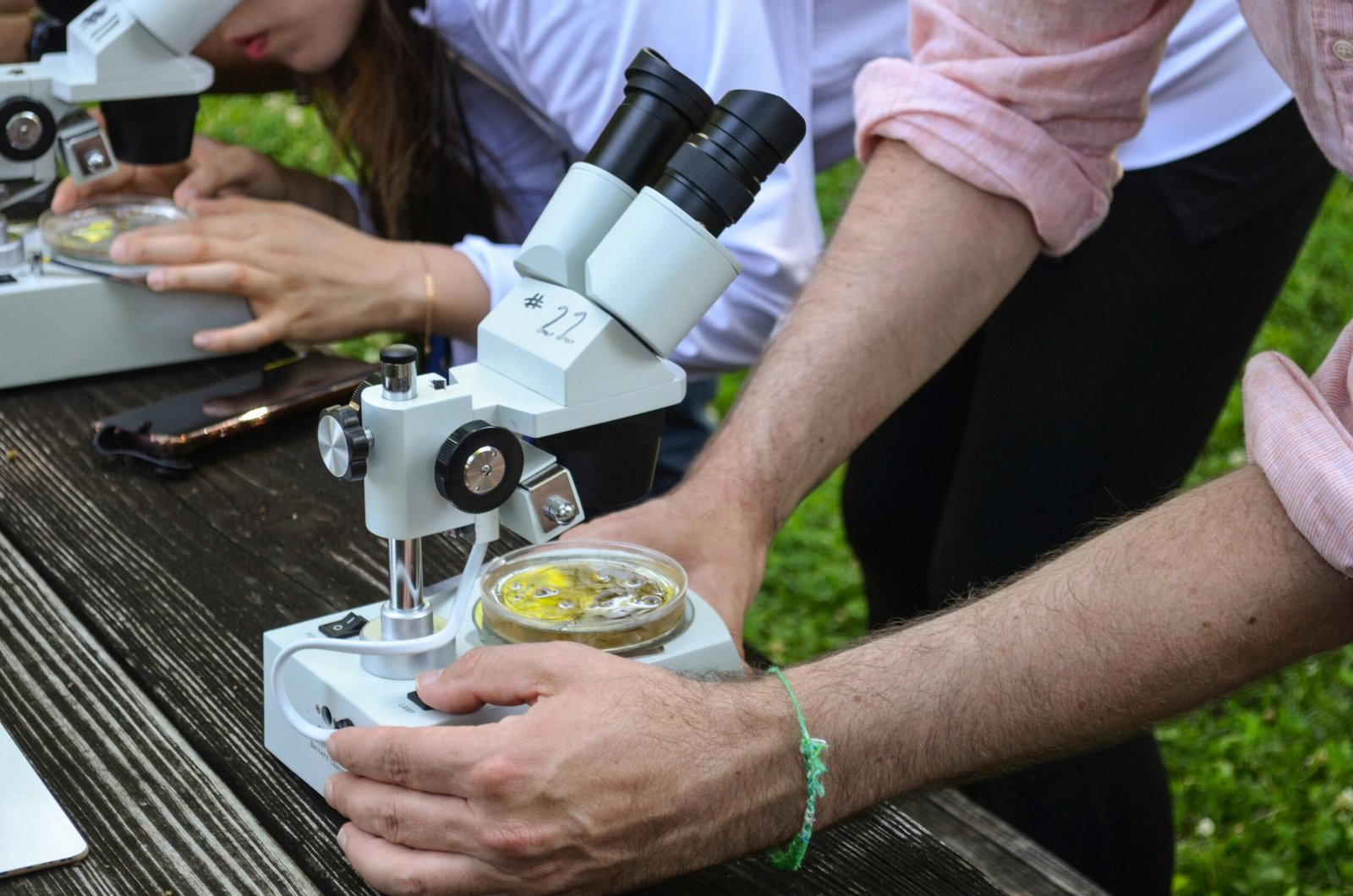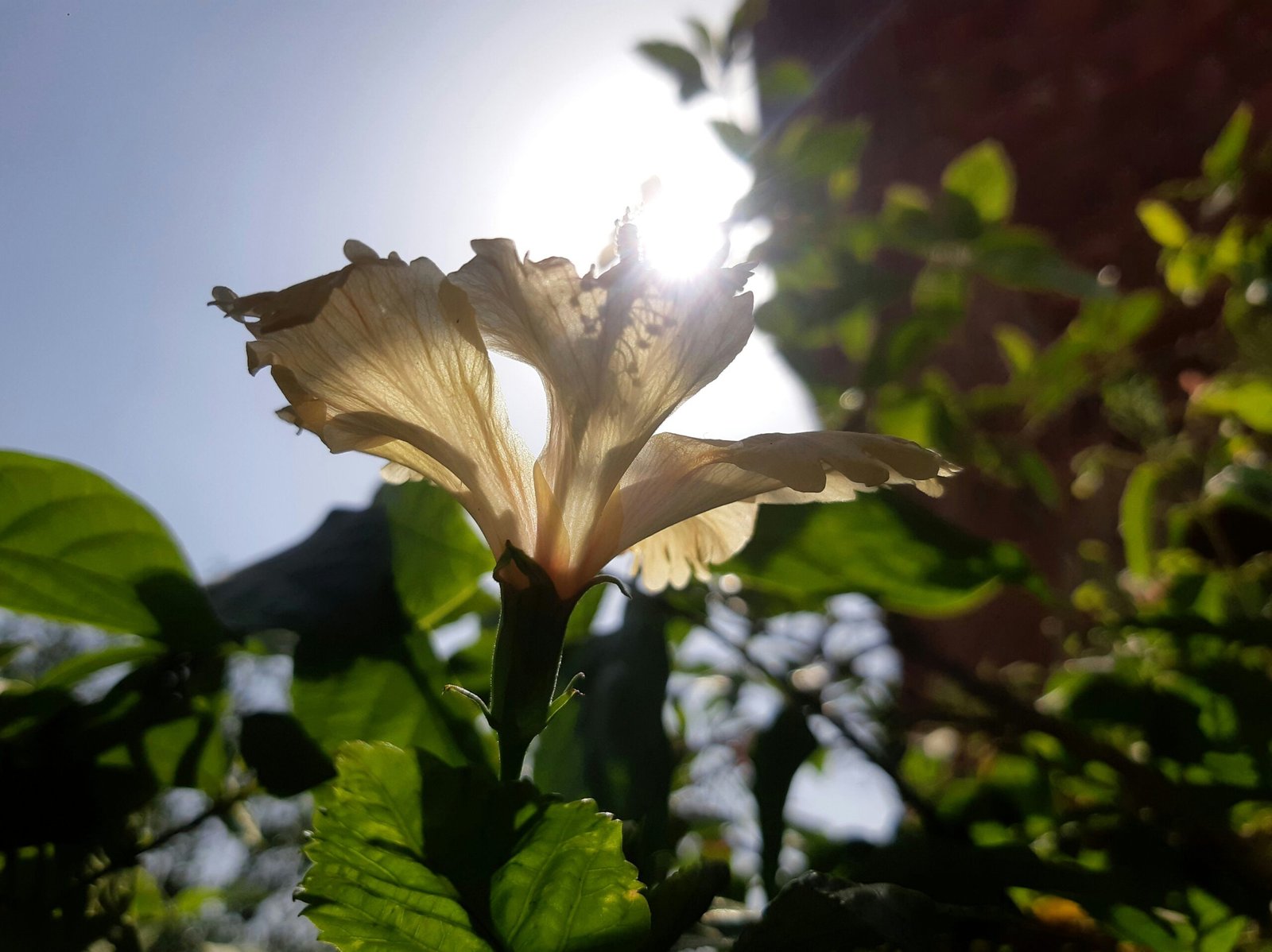Introduction to Horticulture
Horticulture is a specialized branch of plant science that focuses on the cultivation, production, and management of garden plants, including fruits, vegetables, flowers, and ornamental plants. This field encompasses a wide array of practices, techniques, and disciplines that are essential for enhancing plant growth and development. Horticulture is vital not only in agriculture but also in the broader context of environmental sustainability, decorative landscaping, and urban planning.
The importance of horticulture in agriculture cannot be overstated. It serves as a means to increase food production through innovative techniques and practices that ensure the efficient growth of crops. Horticulturists actively engage in the selection and breeding of plants, soil management, and pest control to improve yield quality and quantity. This focus on plant cultivation is crucial as global populations continue to grow, necessitating enhancements in food production methods to meet rising demands.
Horticulture intersects significantly with other such as botany, biochemistry, ecology, and environmental science. In understanding plant biology and developmental processes, horticulturists employ botanical knowledge to select appropriate plants for specific environments and purposes. Moreover, ecology informs horticultural practices by promoting sustainable development and the conservation of plant species, crucial for maintaining biodiversity. This intersection highlights the holistic approach to environmental stewardship that modern horticulture embodies.
Exploring the Essence of Science: A Comprehensive Overview
Furthermore, the role of horticulture extends beyond mere food production; it significantly contributes to landscape management and improving living environments. Urban horticulture promotes green spaces that enhance aesthetic appeal while providing recreational areas and supporting mental well-being. By fostering healthy ecosystems, horticulture ultimately enriches communities, demonstrating its multifaceted importance in today’s world.
The Branches of Horticulture
Horticulture is a diverse field that encompasses several specialized branches, each focusing on different aspects of plant cultivation. Among the most prominent branches are pomology, olericulture, floriculture, and landscape horticulture. Each of these disciplines contributes significantly to both commercial agriculture and home gardening, enhancing our understanding and appreciation of plant life.
Pomology
Pomology is the study and cultivation of fruit trees and shrubs. This branch focuses on various fruit-bearing plants, striving to improve their yield, quality, and resistance to disease.
Pomologists and fruit scientist utilize a range of techniques including selective plant breeding and genetic and genome analysis, aiming to produce fruits that are not only delicious but also have a longer shelf life.
The cultivation of new fruit varieties often plays an essential role in the agricultural economy, as well as providing diverse options for consumers.
Olericulture
Olericulture deals with the science and cultivation of vegetables. Over the years, this branch has gained importance due to the increasing demand for fresh produce. Olericulturists focus on optimizing plant growth conditions, pest management, and crop rotation strategies to ensure a sustainable supply of vegetables. By applying modern agricultural practices, this branch directly impacts food security and nutrition in both urban and rural settings.
Floriculture
Floriculture specializes in the cultivation and marketing of flowering and ornamental plants. This branch has gained popularity for its ability to enhance the aesthetic value of gardens, parks, and indoor spaces. Floriculturists engage in propagation techniques, breeding, and landscape design, ensuring that flowers and ornamental plants thrive under various environmental conditions. They play a crucial role in the ornamental horticulture industry, which is vital for the economy and community wellbeing.
Landscape Horticulture
Lastly,
Landscape horticulture focuses on the design and maintenance of outdoor spaces. This discipline combines artistry and science, as landscape horticulturists create sustainable environments that support biodiversity while meeting the aesthetic demands of clients. From residential gardens to public parks, landscape horticulture helps in shaping the outdoor experience, reflected in enhanced community engagement with nature.
Modern Techniques and Technologies in Horticulture
In recent years, horticulture has witnessed significant transformations driven by advancements in technology and innovative practices. These modern techniques are reshaping the landscape of plant cultivation, with hydroponics, aquaponics, and vertical gardening at the forefront. Each of these methods not only enhances productivity but also promotes sustainable practices in urban settings. Hydroponics, for instance, allows for soil-less cultivation by providing plants with essential nutrients directly through water solutions. This technique minimizes water usage and maximizes space efficiency, making it ideal for urban farms where land is scarce.
Aquaponics combines aquaculture with hydroponics, creating a symbiotic environment where fish and plants thrive together. The fish waste provides an organic nutrient source for the plants, while the plants help filter the water, creating a self-sustaining system. Such integration of different agricultural practices not only increases overall yield but also encourages biodiversity, fulfilling vital environmental considerations.
Vertical gardening is another revolutionary practice in modern horticulture, allowing gardeners to grow plants in stacked layers, maximizing available space. This method can be particularly beneficial in densely populated areas, promoting urban greening and improving air quality. As cities evolve, vertical gardens offer solutions for food production while promoting aesthetic appeal and biodiversity.
Moreover, the incorporation of smart technology and data analytics is further refining horticultural practices. Growers can now utilize sensors and IoT devices to monitor soil moisture levels, weather conditions, and plant health in real-time. This data-driven approach facilitates optimized resource management, ensuring that water, nutrients, and energy are used efficiently. As climate change poses increasing challenges for agriculture, these innovative solutions not only enhance productivity but also contribute to sustainable development in horticulture.
The Future of Horticulture: Challenges and Opportunities
The future of horticulture is poised at a critical juncture where it must navigate an array of challenges while simultaneously seizing emerging opportunities. One primary challenge confronting the industry is sustainability. As the global population continues to grow, the strain on agricultural resources intensifies, necessitating innovative approaches to ensure a steady food supply. Sustainable practices such as organic farming and permaculture are becoming increasingly essential to mitigate environmental impact while meeting consumer demands for healthier produce.
Pest management is another significant concern. As climate change alters ecosystems, traditional pest control methods are frequently rendered ineffective, prompting a reevaluation of strategies employed in horticulture. The integration of integrated pest management (IPM) techniques, alongside advancements in biotechnology, offers viable pathways to maintain crop health while reducing reliance on chemical pesticides. This shift towards more sustainable pest management reflects a growing awareness of the interdependence between horticulture and ecosystem health.
Moreover, changing consumer preferences present both challenges and opportunities. Consumers today are more informed and demand transparency regarding food sources, favoring products that are locally grown, organic, and sustainably sourced. This trend has catalyzed the rise of urban gardening, which facilitates access to fresh produce in densely populated areas and encourages community engagement. Urban horticulture not only enhances food security but also contributes to environmental stewardship by promoting biodiversity and green spaces.
Amidst these challenges lie opportunities for the adoption of regenerative agricultural practices that prioritize soil health and ecosystem function. By embracing such methodologies, the horticultural industry can enhance its resilience against climate impacts and support the global imperative for biodiversity conservation. In conclusion, recognizing and addressing these challenges while capitalizing on new opportunities will be crucial for the future of horticulture, ensuring not only food security but also the preservation of our planet’s health.







сумки Coach
На этом сайте можно купить фирменные сумки Coach https://coach-bag-shop.ru/. В предложении представлены различные модели для разных случаев. Любая сумка сочетает в дизайне премиальность и элегантность. Оформите заказ сейчас и получите отправку в минимальные сроки!
RobertUnsah
На этом сайте можно получить накрутку отметок «Нравится» и подписчиков в соцсетях, включая ВК, TikTok, Telegram и другие . Быстрая без рисков раскрутка аккаунта обеспечена. https://vc.ru/services/1369075-nakrutka-v-tg-podpischikov-top-25-sposobov-v-2025-godu Доступные тарифы и качественное выполнение . Запустите продвижение уже сейчас !